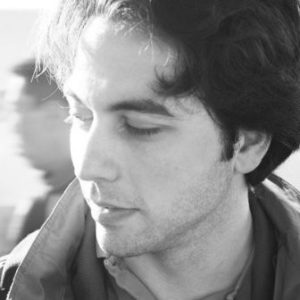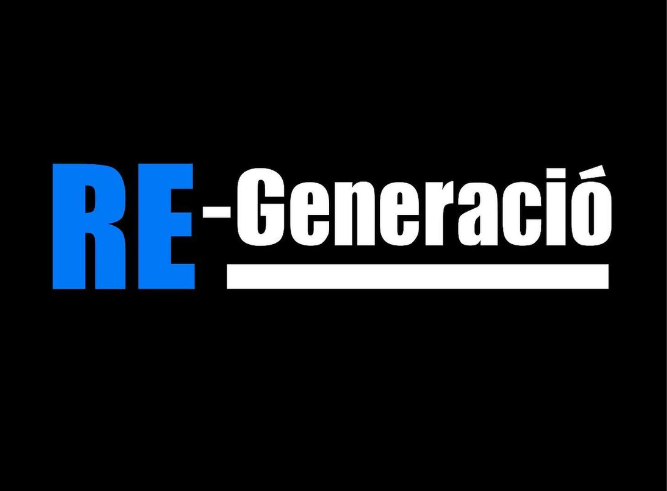The Llum BCN festival is organized by the Barcelona Institute of Culture (ICUB). It takes place during the month of February to coincide with the Festival de Santa Eulalia.
Llum BCN is a festival of lights. For three nights a part of the city is selected as the backdrop for light installations by professionals and academic institutions. The year 2023 marks the 12th edition of Llum BCN and the 9th participation of IAAC:
Location
Llum includes installations from professionals, universities and institutions. The locations for the event are selected and assigned by the ICUB (Institut de Cultura de Barcelona). Until 2017, Llum BCN took place in the Gotico neighbourhood of Barcelona. In 2018 the festival moved to Poblenou district: a change of location, which created a new challenge that brought new strategies of the treatment of light and space. The neighbourhood of Poblenou is in continuous change. Industrial heritage, new architecture, urban art, chimneys, granes, artists and technology, cohabitate and turn the city into an open and urban architectural show.
After two Covid editions where Parc del Centre de Poble Nou was hosting the event for a healthy environment and regulatory reasons, this year Llum is back to the streets of Poblenou.
The announcement of this year’s new location will be shared on the first day of the seminar.
Why?
The most recent global events have set unprecedented challenges for the energy supply chain, resulting in a high level of uncertainty and consequent economic speculation. Global energy supply is becoming increasingly unstable as it is connected to geo-political conditions, including hostilities between countries that are materialising in the restrained supply of gas, the shutting down of nuclear power plants, gas pipe leaks and intentional disruption of energy infrastructure. It is time to rethink our energy dependence and demands, responding to the recent challenges with solutions for sustainable and self-reliant energy production.
How could IaaC respond to these severe conditions with a mere installation of light in the city of Barcelona?
How?
This year IAAC is committed and ready for a REVOLUTION, a SURVIVAL MANIFESTO: for the first time in this festival, our Llum proposal will not depend on fuel and net resources.
Llum’23 installation will be a proclamation of how Net-Zero infrastructures for the city could massively parasitize the public space; a compromise between designers and artists to serve not just as mere aesthetic triggers but as SAVERS FOR THE HUMAN.
Our Llum pavilion will be designed off-the-grid, cutting greenhouse gas emissions to as close to zero. We will design a forum, a visual manifestation and an exemplary case study of the survivance and permanence as human species, a space of gathering of those people committed to reduce the human impact in the world, but also a parlament for education and interaction between the installation and citizens.
What?
We will formalise this installation by looking and researching at traditional autonomous small infrastructures such as mills, wells, dams, and solar cookers. We will welcome low-tech technologies to produce energy such as dynamos, sun collectors, water or (even human) motors.
Light will be smartly applied in the installation, finding the most unconventional and unconsuming technologies: lasers with mirrors to amplify light effects, use of night fluorescent paints, candles, algae, and any source of low energy.
The use of new technologies, 1:1 prototyping, digital interaction, circular use of materials and data analysis, will be crucial to respond to this energetic challenge that the school is facing this year.
Learning Objectives
At course completion the student will:
- Challenge the student to be an activist against global warming and climate change.
- Develop a 1:1 interactive installation that has the capacity to engage people concurrently and trigger critical thinking.
- Create content collectively while developed specifically by every researcher involved in the seminar.
- Produce a professional installation by collaborating in well-defined groups.
- Employ Visual Programming, Physical Computing, Computer Vision, and other technical strategies to achieve an interactive environment.




